In a significant development for regional military cooperation, Russia’s United Aircraft Corporation (UAC) has identified Belarus as a potential partner in the development and production of the Su-75 Checkmate, a single-engine stealth fighter designed to compete in the global fifth-generation fighter market. Photo: @19FortyFive.
Announced in May 2025, the proposal signals a strengthening of the strategic alliance between Russia and Belarus, as well as its impact on Belarus' military capabilities and Russia's role in the global military aviation industry. According to the X post, these discussions are expected to take place at the MILEX 2025 exhibition in Minsk, Belarus' capital and largest city. Photo: @19FortyFive.
The news comes at a time when Russia is looking to strengthen its defense partnership amid geopolitical tensions and ongoing economic sanctions. Belarus, a staunch ally, has increasingly aligned its military and economic policies with Russia, especially since the outbreak of the Russia-Ukraine war in 2022. Photo: @Aviation Week.
The Su-75 Checkmate is currently being developed at the Komsomolsk-on-Amur Aircraft Plant, the same facility that produces Russia's Su-57. The aircraft, which was also unveiled in 2021 at the MAKS air show, is designed primarily for export but has attracted a lot of attention for its potential to help strengthen Russia's air force. With two prototypes reportedly being built, the program also has plans for mass production, which is expected to take place in the coming years. Photo: @19FortyFive.
So, including Belarus in this high-profile project underscores Russia’s intention to capitalize on its ally’s industrial base and strategic position, while also providing Belarus with the opportunity to modernize its aging air force and help revive its military aviation industry. Photo: @Wilson Center.
But why Belarus? The choice of Belarus as a potential partner reflects both strategic and practical considerations. Belarus’s geographic location near NATO’s eastern flank makes it an important buffer state for Russia, especially amid rising tensions between Russia and the West. Meanwhile, the two countries have a long history of military cooperation, reflected in joint exercises and Belarus’s reliance on Russian-made equipment. Belarus has also provided military assistance to Russia, including logistical support during the war in Ukraine. Photo: @ Stratfor.
By including Belarus in the Checkmate program, Russia could aim to strengthen the economic and military alliance between the two countries, while also helping Russia to spread the economic and technological burden of the project. In addition, Belarus's relatively developed industry, especially in the electronics sector, could contribute significantly to the development of the Su-75 Checkmate, even though the country's aerospace industry has been stagnant for decades. Photo: @Aviation Week.
To understand the implications of this proposal, it is necessary to consider the current state of the Belarusian air force. The Belarusian Air Force, part of the Armed Forces of the Republic of Belarus, operates a modest fleet of Soviet-era aircraft, primarily designed for air defense and ground attack roles. Photo: @19FortyFive.
As of 2025, Belarus’s primary combat aircraft will consist of around 25 MiG-29 Fulcrums, acquired in the 1990s, and a smaller number of Su-25 Frogfoot attack aircraft. The MiG-29s, although upgraded to the MiG-29BM standard in the 2000s with improved avionics and weapons compatibility, are also aging platforms limited by their fourth-generation design. Photo: @Defence Blog.
These aircraft lack the stealth, sensor fusion, and network-centric capabilities required for modern air combat. The Su-25 is optimized for close air support, but is similarly outdated, with limited survivability against advanced air defenses. Photo: @RuAviation.
Belarus also operates a number of advanced Yak-130 trainers, which can function as light attack aircraft, but are not suitable for high-intensity air superiority missions. The Belarusian Air Force's arsenal is supplemented by Russian-supplied S-300 and S-400 air defense systems, which provide strong ground defense but cannot compensate for the lack of modern fighter aircraft. Photo: @Defence Blog.
The operational readiness of the Belarusian Air Force is constrained by a number of factors. Budget constraints have limited maintenance and modernization efforts, with many aircraft nearing the end of their service lives. In 2017, Belarus signed a contract with Russia’s RSK MiG to overhaul its MiG-29s, but delays due to economic sanctions and logistical challenges have hampered progress. Photo: @19FortyFive.
The Belarusian Air Force’s pilot training programs are adequate, but lack the resources to prepare aircrews for the complexities of fifth-generation warfare, such as operating in a competitive environment with advanced electronic warfare systems. Furthermore, Belarus’ strategic doctrine emphasizes defensive operations and interoperability with Russian forces, limiting the country’s ability to project independent combat power. Photo: @ RuAviation.
So the introduction of the Su-75 Checkmate could fundamentally change Belarus’s air force capabilities. Designed as a lightweight single-engine stealth fighter, the Su-75 aims to compete with the US F-35 Lightning II at a fraction of the cost, with an estimated price tag of $30-40 million per aircraft, compared to $80-110 million for the F-35. Photo: @Defence Blog.
The Su-75 Checkmate incorporates advanced features, including a low radar cross section, an active electronically scanned array (AESA) radar, and compatibility with a wide range of precision-guided munitions. Its reported operating cost per flight hour is six to seven times lower than that of the F-35. Photo: @RuAviation.
With a length of about 17 meters and a wingspan of 11.8 meters, the Su-75 Checkmate has a maximum takeoff weight of about 18 tons. Its AL-41F1S engine is borrowed from the Su-57. The aircraft's stealth features include a low radar cross section achieved through an angular design, radar-evading materials, and a modern internal weapons bay. Its avionics suite focuses on an AESA radar, supporting multi-role operations, including air-to-air combat, ground attack, and electronic warfare. Photo: @Defence Blog.
The Su-75 Checkmate can carry up to 7 tons of weapons, including R-77M air-to-air missiles, Kh-59MK2 cruise missiles and precision-guided bombs, and a number of optional hypersonic weapons. Photo: @19FortyFive.
The aircraft's top speed is Mach 1.8 (approximately 2,222 km/h) and its combat range is 3,000 km, making it versatile for air superiority, ground attack, and reconnaissance missions. Unlike Belarus' current MiG-29, which relies on outdated radar and lacks stealth capabilities, the Su-75 can help Belarus counter modern threats such as advanced fighters and NATO air defense systems. Photo: @Aviation Week.
The MiG-29 and Su-25, while reliable in their day, are ill-suited to modern warfare. The MiG-29’s radar and avionics struggle to detect and engage stealth aircraft, and its lack of advanced electronic countermeasures limits its survivability against modern surface-to-air missiles. The Su-25, meanwhile, is designed for low-altitude operations, making it vulnerable to advanced man-portable air defense systems and fighter interceptors. Photo: @Defence Blog.
In contrast, the Su-75 Checkmate is designed to integrate with advanced command and control network systems, providing Belarus with a huge leap in operational flexibility. For example, the Su-75 Checkmate’s ability to carry hypersonic missiles, such as the Kh-47M2 Kinzhal, could provide strategic deterrence against regional adversaries. However, integrating such an advanced platform would require significant investment in pilot training, maintenance infrastructure, and logistics support, areas in which Belarus currently lags. Photo: @Aviation Week.
The question of Belarus’ participation in Su-75 production is complex and depends on the nature of the country’s capabilities. Joint production can range from component assembly to contributions to the design and production process. Belarus’s ability to contribute to the Su-75 program is an important consideration. Belarus’s aerospace industry, once a center of maintenance and repair in the former Soviet Union, has declined significantly since the 1990s. One of Belarus’s main aviation facilities, the 558th Aircraft Repair Plant in Baranovichi, specializes in overhauling Soviet-era aircraft such as the MiG-29 and Su-25, but lacks the infrastructure for advanced manufacturing. Photo: @Defence Blog.
Belarus has no experience in manufacturing fifth-generation fighters or their components, such as stealth coatings or AESA radars. The country’s industrial base is better suited to ground-based systems, such as military trucks and missile launchers, produced by companies like MZKT. However, Belarus has a developed electronics sector, with companies like Peleng and Integral producing components for military applications, including radar systems and displays. This expertise could be leveraged for the Su-75’s avionics or sensors, although significant upgrades in technology and quality control would be required. Photo: @AviationWeek.
Financially, the Su-75 program poses a challenge for Belarus. The country’s economy, heavily dependent on Russian subsidies and energy imports, has been strained by Western sanctions imposed from 2022, political repression, and Western opposition to Russia’s actions in Ukraine. In 2023, Belarus’ GDP is estimated at $72 billion, with defense spending estimated at $1.2 billion a year. Developing or producing a fifth-generation fighter requires significant investment, potentially in the billions of dollars, in infrastructure, training, and technology transfer. Photo: @ Ministry of Foreign Affairs.
Russia could offset some of the costs through loans or barter deals, as it has done in previous military agreements, but the possibility of such financing for Belarus in the new circumstances remains uncertain. Sanctions would complicate the picture, limiting both countries’ access to Western technology and financial markets. Photo: @ISPI.
While Russia has developed alternatives, such as trading in local currencies with partners like India and China, Belarus lacks similar networks. Belarus’s dependence on Russia for its economic survival could limit its bargaining power in partnerships, potentially reducing it to a small assembler rather than a co-developer. Photo: @ Simple Flying.
It can be seen that for Belarus, this partnership offers an opportunity to modernize its air force and revive its military aviation industry, but there are still significant barriers. The country’s outdated air force, limited industrial capacity and economic constraints raise questions about its ability to make a real contribution to the Su-75 Checkmate aircraft project. Photo: @ RuAviation.
(According to Bulgarian Military)
Source: https://khoahocdoisong.vn/nga-belarus-bat-tay-trong-du-an-may-bay-su-75-checkmate-post1544954.html


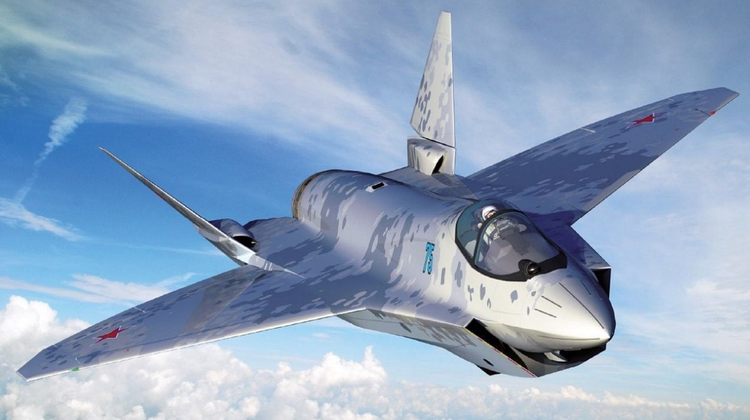
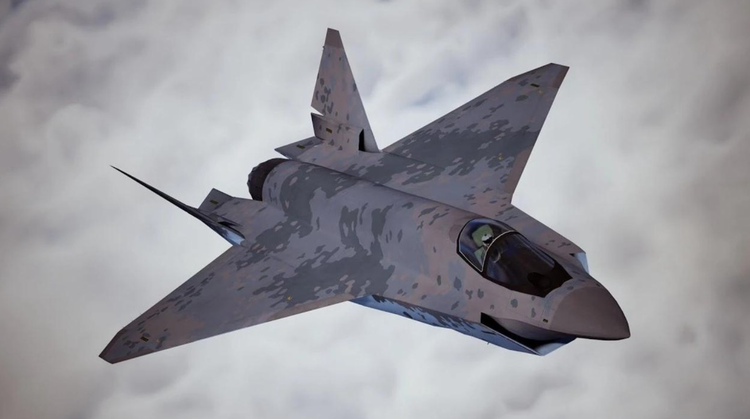
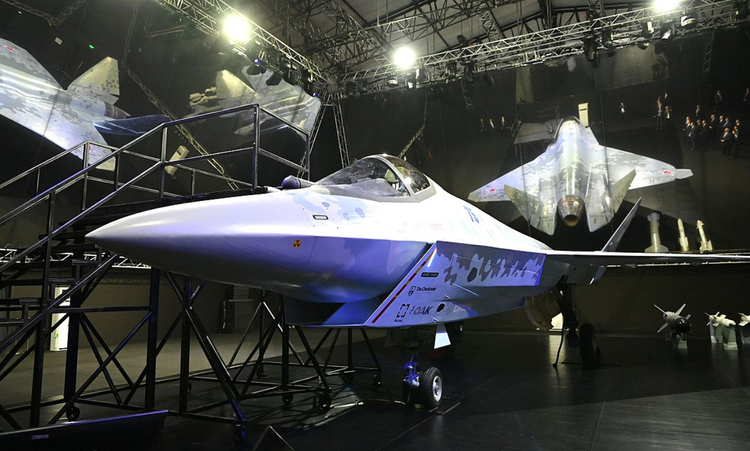
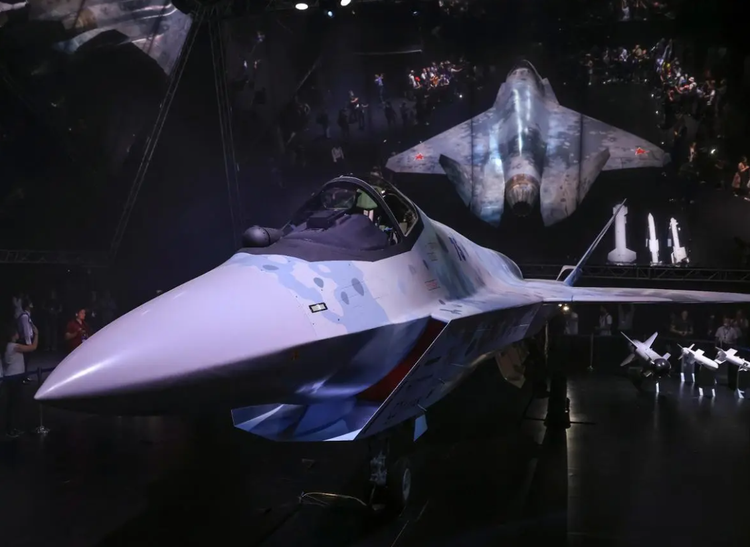

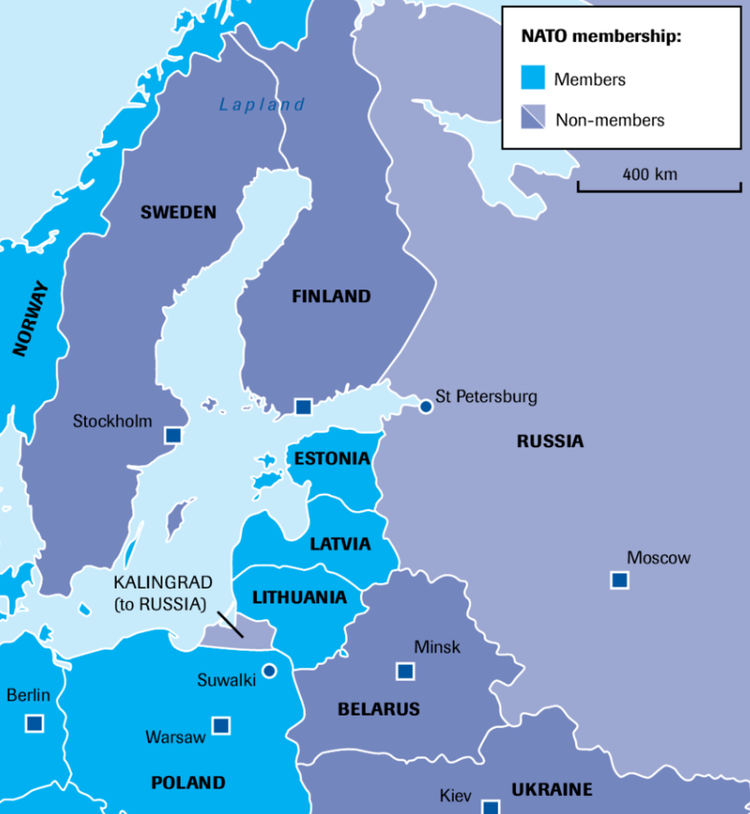
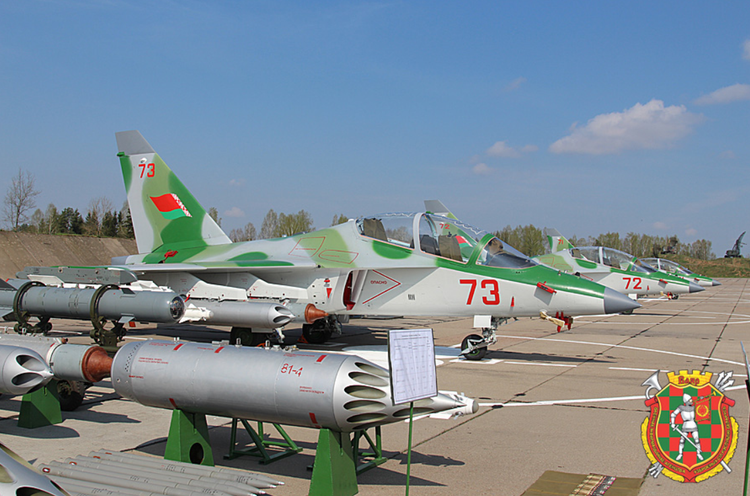
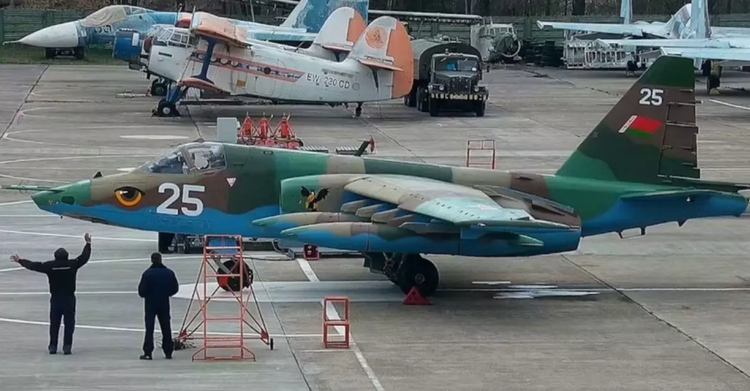
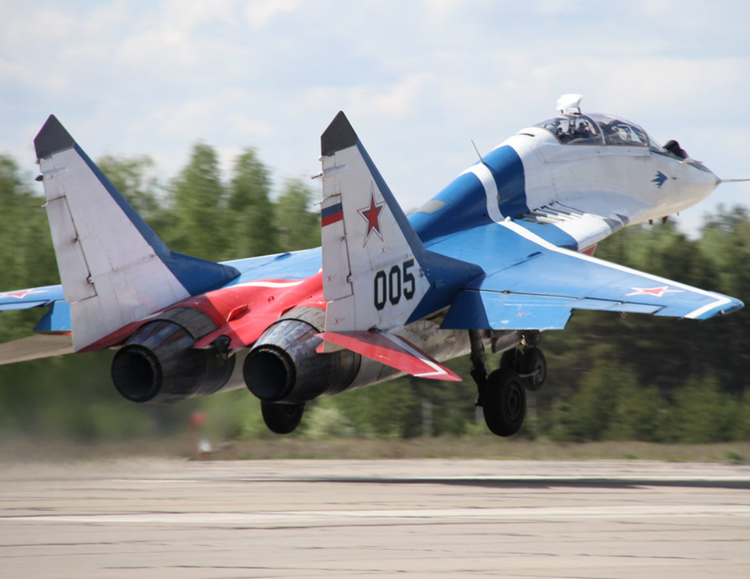
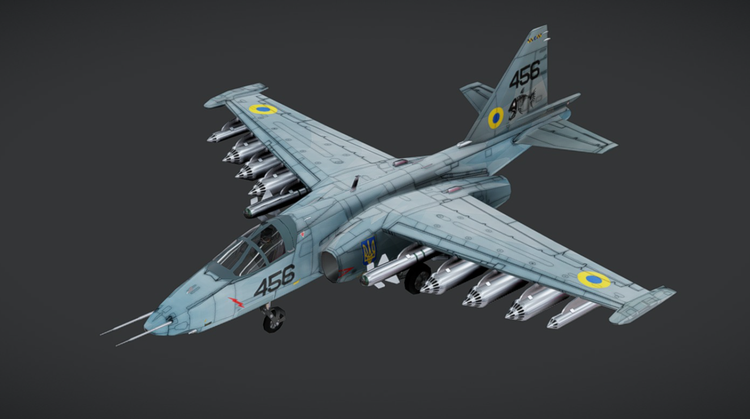
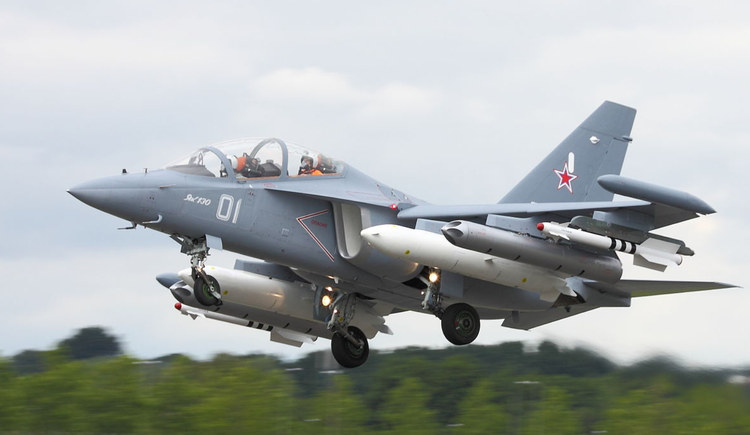
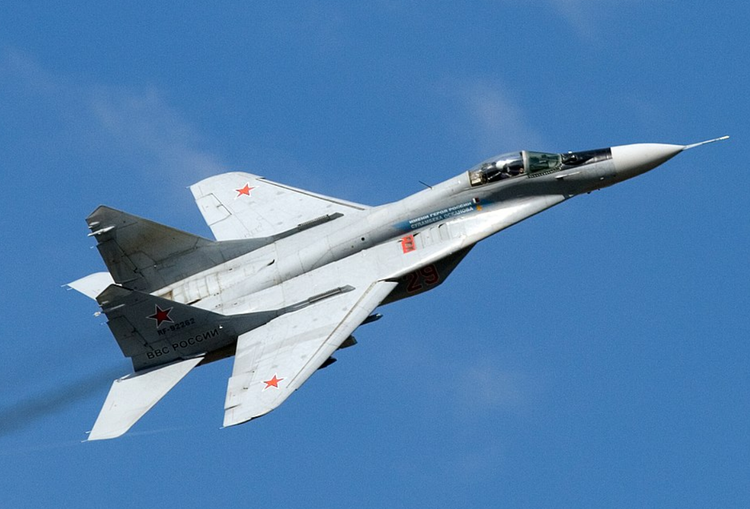

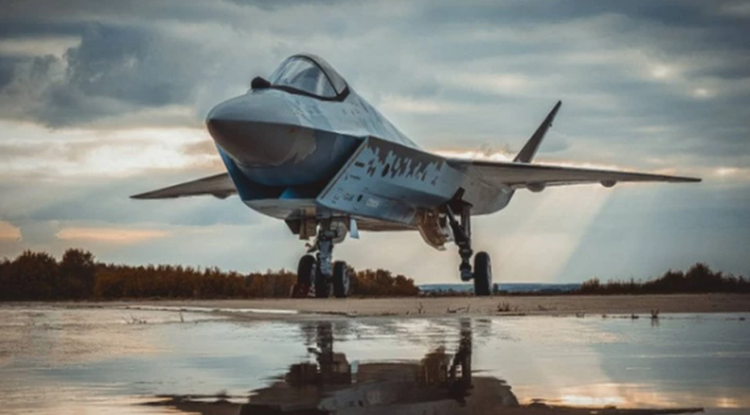
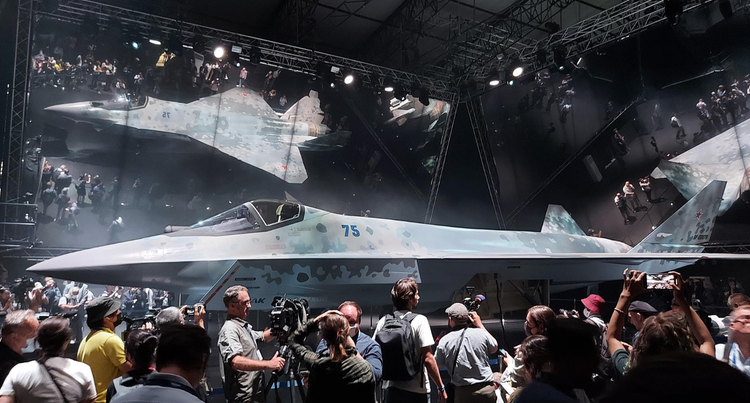
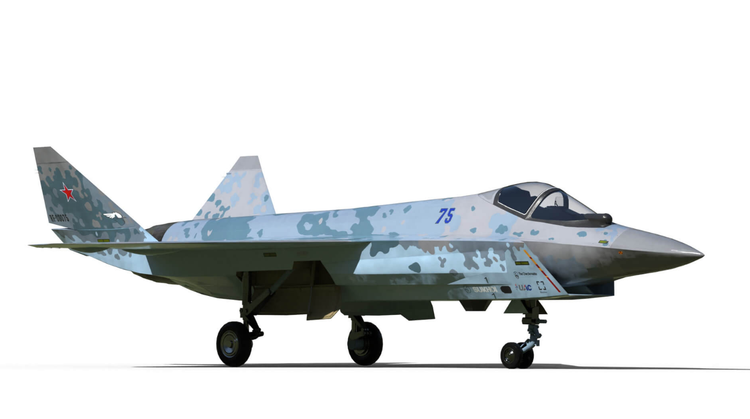
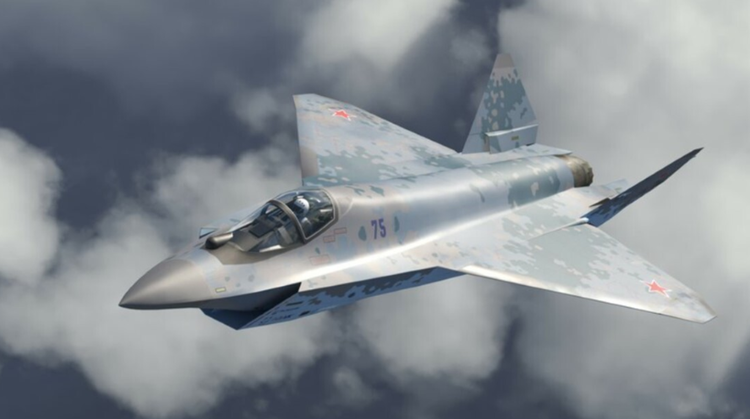
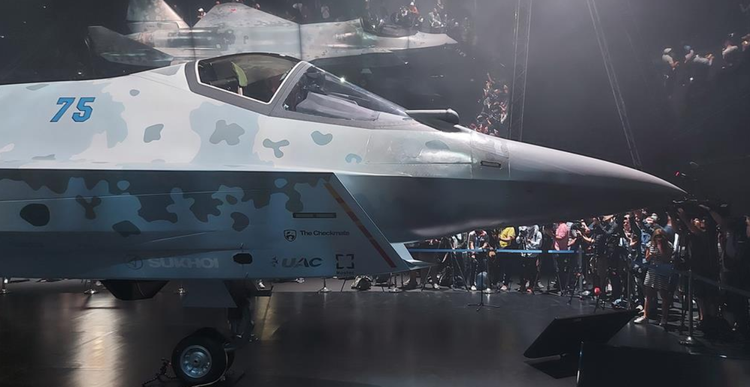
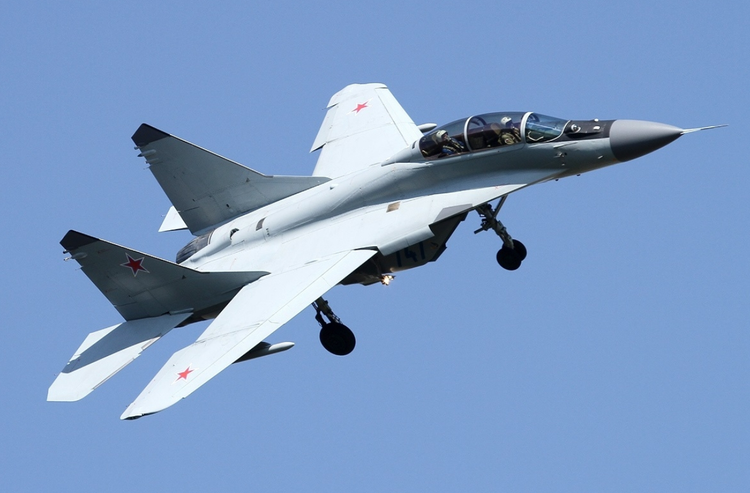
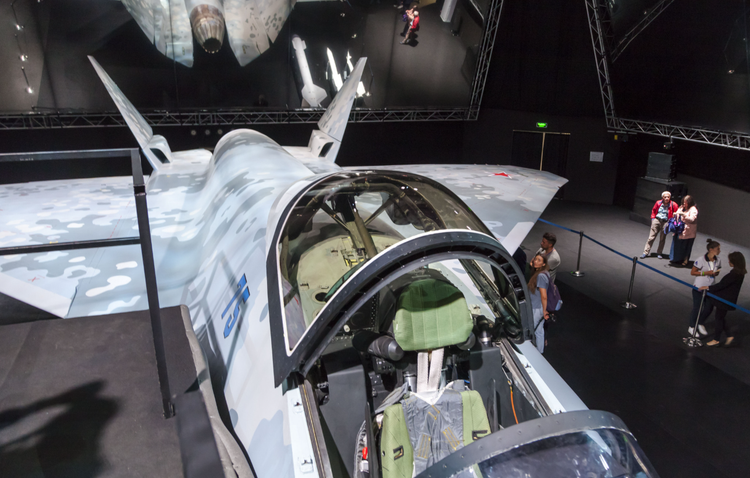
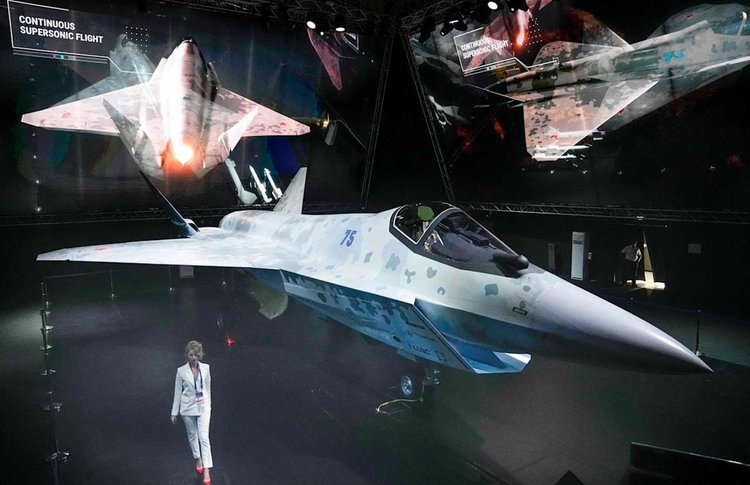


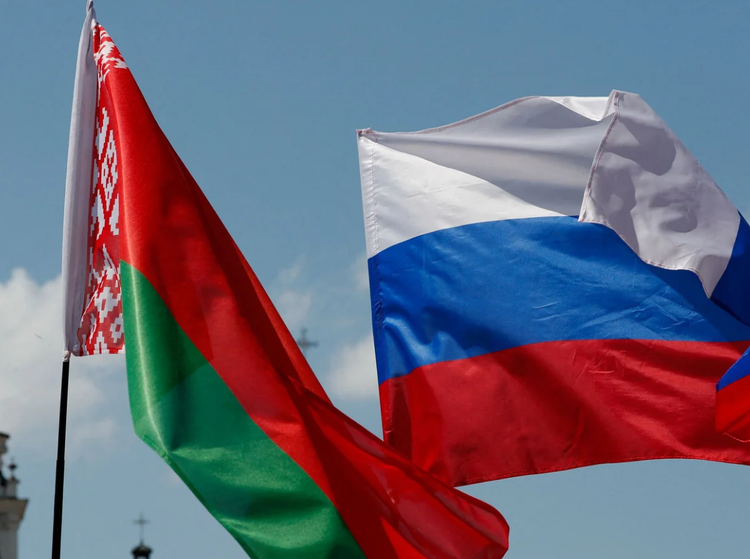
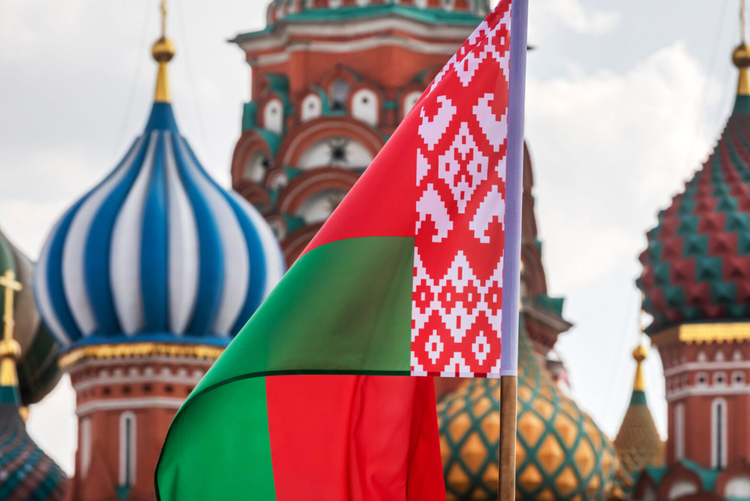
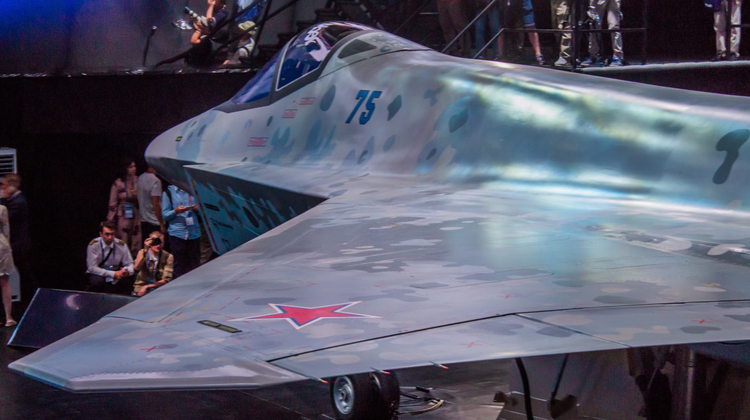
![[Photo] Binh Trieu 1 Bridge has been completed, raised by 1.1m, and will open to traffic at the end of November.](https://vphoto.vietnam.vn/thumb/1200x675/vietnam/resource/IMAGE/2025/10/2/a6549e2a3b5848a1ba76a1ded6141fae)











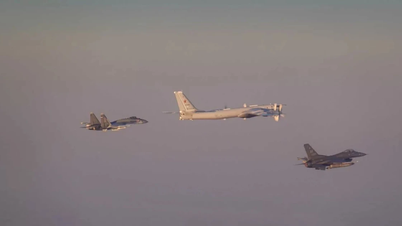





![[INFOGRAPHIC] Looking back at the times the US Government shut down](https://vphoto.vietnam.vn/thumb/402x226/vietnam/resource/IMAGE/2025/10/3/c467276604584d2889c0d2d84fecd986)









































































Comment (0)